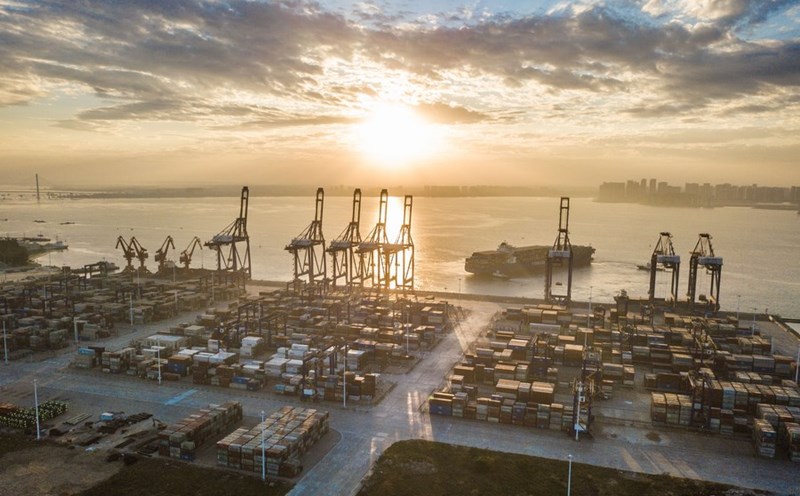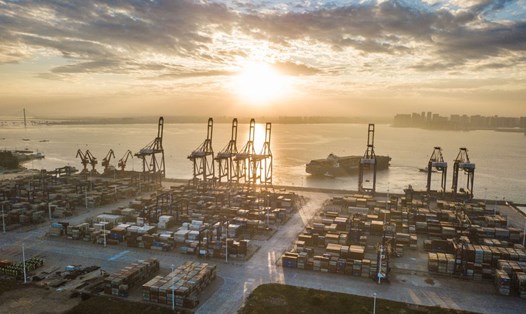In an era where the speed of development is defined, China is pushing transportation limits to a new level with T-Flight - a magnetic mattress ship that can make commercial aircraft look slow.
With a top speed of 965 km/h, the T-Flight is significantly faster than the average flight speed of a long-haul passenger carrier Boeing. This means that the distance from Beijing to Shanghai (1100 km) could take just about 1 and a half hours, instead of 6 hours as the current bullet train.
T-Flight combines Maglev technology with a low-voltage ong system, helping to almost completely eliminate friction and air drag. This is a factor that helps the ship reach unprecedented speed.
In February 2024, T-Flight reached a speed of 623 km/h in its first test on a 2 km long track. By October, it continued to operate successfully in a low-pressure environment - an important milestone affirming the potential of this technology.
According to CGTN, "the maximum speed and lifting speed of the train are in accordance with the prescribed parameters", showing that the system has been operating as planned. Although the specific foot pressure was not disclosed, many experts estimated it to be low in the testing spectrum.
China aims to push the T-Flight to a maximum speed of 1,000 km/h on a 60-km test run. If successful, they set a further goal: to build a version of a hypersonic train that can reach 4,000 km/h - 3 times the speed of sound!
Currently, T-Flight has surpassed the record of 602 km/h of the fastest speedboat in the world developed by Japan (expected to be operational in 2027).
According to ZME Science, the secret to T-Flight is "flying without wings". The train is put on a mattress and is powered by a magnetic field to lift it off the track, completely removing the friction.
This technology has two main types: electromagnetic suspension (EMS) - a magnet on the train sucked into the magnetic railway, helping the train to float; and an electr dongcted suspension (EDS) - a superconductor magnet on the train pushed with a coil on the railway, creating increased force.
After being lifted, the train is pushed forward by magnetic waves generated by coils along the rail. When combined with a vacuum tube, the T-Flight can "surf" at extremely high speed without any resistance.
Although gasoline and aspiration train technology is not new - China, Japan and South Korea have been operating them for many years - the integration with the vacuum tube system makes the T-Flight a real breakthrough.
In contrast to many hyperloop projects in the world that have stalled or gone bankrupt, China is persistent in realizing its ambitions. But the road ahead is still full of challenges: building a long, straight and stable pipeline system is a huge technical and financial problem.
I will believe it when I see it in action, said Mark Smith, a transportation expert and founder of Seat61.com. But if any country can do it, it will be China, they have resources and don't have to worry about benefit-coste analysis."
Andres de Leon, CEO of hyperloopTT, affirmed: "China is proving that super-fast space ships are no longer a distant dream, but a reality that is gradually emerging."








